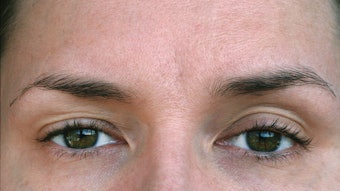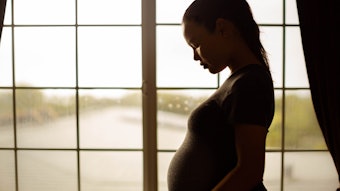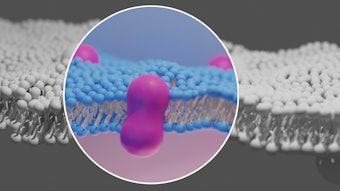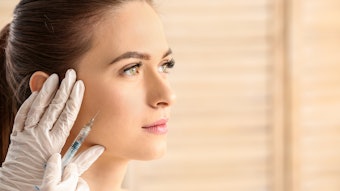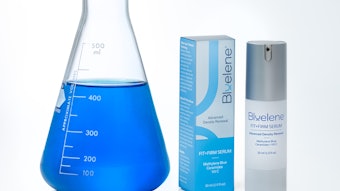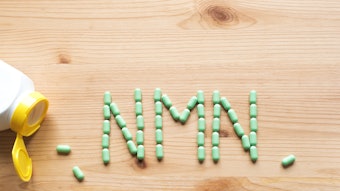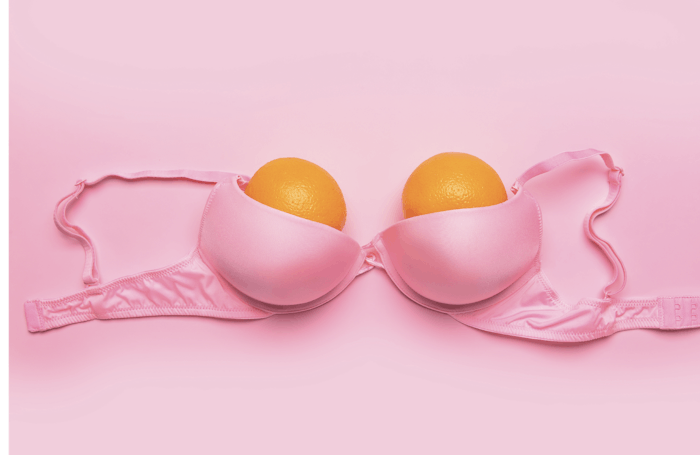
Breast augmentation is one of the most popular aesthetic plastic surgery procedures of all time. Classically, this operation involves using a breast implant (silicone or saline) to improve the size and shape of the breast. Implant-based breast augmentation generally achieves superb results, however there are some downsides to the procedure stemming from the fact that it relies on a foreign material being implanted in the body. In recent years, the idea of using the patient’s own fat to increase breast volume and refine breast shape has been increasing in popularity. This implant-free, natural approach to breast augmentation can be a great option for properly selected patients. We will explore this modern alternative to traditional implant-based breast augmentation here.
Fat Grafting to the Breast
An implant-free breast augmentation, otherwise known as fat transfer or fat grafting to the breast, is a procedure in which fat is harvested from one part of the patient’s body with liposuction and placed in the breast. The procedure can be done under IV sedation or general anesthesia. Fat is harvested from areas with excess fat (often the abdomen, flanks or thighs), processed and gently injected into the breasts to achieve the desired size and shape. Fat transplantation involves the transfer of living cells from one part of the body to another, and the transferred cells are relying on blood supply from the target (recipient) site for survival. As such, not all transferred fat cells will survive. It is reasonable to expect that approximately 75% of the transferred fat will survive on a permanent basis. Fat transfer-based breast augmentation offers an alternative to patients that want to increase their breast size but do not want to have a foreign substance in their body.
Fat grafting to the breast has some advantages over implant-based breast augmentation and some disadvantages.
Advantages
The procedure is done entirely with patients' own tissue (no artificial implants are used), there is no need to replace an implant over time, the result looks and feels extremely natural, there is no concern of capsular contracture (shrinkage of scar tissue around the breast implant), breast implant illness or the extremely rare breast implant associated cancers. Breast implant illness is a rare condition in which patients experience symptoms ranging from hair loss to joint pain and lethargy. They report these symptoms began or worsened after their implants were placed. There is no clear mechanism by which breast implants cause these symptoms, but this is being actively investigated. Breast implant-associated cancers include anaplastic large cell lymphoma and squamous cell carcinoma. These are very uncommon occurrences, and they are being studied closely. By using fat instead of implants to enlarge the breasts, these concerns can be entirely avoided.
Disadvantages
Disadvantages include limited total volume increase, the need for a fat donor site and the need to find a surgeon very experienced with this less common technique. We generally advise that we can increase the breast volume by 1-1.5 cup sizes with fat grafting. The limit is caused by the fact that fat can only stretch the breast skin so far and adding too much fat can decrease the chances of fat survival. Fat grafting does not increase the risk of breast cancer, however it can increase the chances that patients could need a minimally invasive breast biopsy. This is because it is possible for fat grafts to look like masses on a mammogram that require further investigation. We recommend getting a mammogram prior to fat transfer to guide radiologists as they interpret patient mammograms after fat transfer. Possible risks of fat transfer-based breast augmentation include lumps that can be felt
(or rarely seen), infection and a decrease in one’s ability to breastfeed.
Ideal Candidates
The ideal candidate for a fat transfer-based breast augmentation will desire a 1-1.5 cup increase in breast size, have adequate fat for transfer, be in good general health and a non-smoker. They should also be open to possibly needing a touch-up procedure in the future to add additional fat if there is volume loss and to address asymmetry caused by uneven fat survival. Those patients that do not have much fat available to graft or that want a large increase in breast volume may be better off considering conventional implant-based breast augmentation. While smoking is potentially problematic for any procedure, it can have a particularly negative effect on the results of fat grafting. This is because smoking chronically decreases the quality of the microcirculation and, therefore, the amount of oxygen available to tissues. The fat grafts are quite fragile when they are first transferred and depend on local blood supply for survival. Smoking damages this blood supply and dramatically decreases fat graft take. We like our patients to be smoke-free for at least four weeks before and four weeks after these procedures.
Combining Cosmetic Procedures
Implant-free breast augmentation is often performed in the context of other cosmetic procedures. Since fat is required, it is often combined with several areas of liposuction. In addition to providing fat for the breast augmentation, liposuctioning additional areas can compliment the body’s contour as a whole. Increasing breast size while treating the abdomen and waist, for example, can be a very powerful combination of procedures. Fat transfer-based breast augmentation can also be performed as part of a “mommy makeover”. These procedures often involve an abdominoplasty and some form of breast surgery to restore these areas to their pre-pregnancy appearance. Breast augmentation, either with fat or an implant, often fits very naturally as a part of these procedures. Fat can also be used to increase breast size at the same time a lift, or mastopexy, is performed to treat ptotic or “drooping” breasts. Additionally, fat grafting can be combined with implants in breast augmentation. In this “hybrid” approach, the fat can be used to provide a more natural look and feel in patients that have very little breast tissue of their own. In these cases, the fat graft cushions the implant to soften its appearance.
Fat grafting for breast augmentation is a modern spin on one of the most widely-performed aesthetic plastic surgery procedures of all time. No artificial implants are used and the technique provides a result that looks and feels extremely natural. Success with this technique requires close attention to patient selection and patient education. Identifying patients that are anatomically good candidates for this procedure and who have realistic expectations for what it can achieve can yield extremely satisfying results.
--
Darren Smith, M.D., FACS is a board certified plastic surgeon practicing in New York City. He is a known expert in aesthetic surgery and cosmetic injectable treatments.

